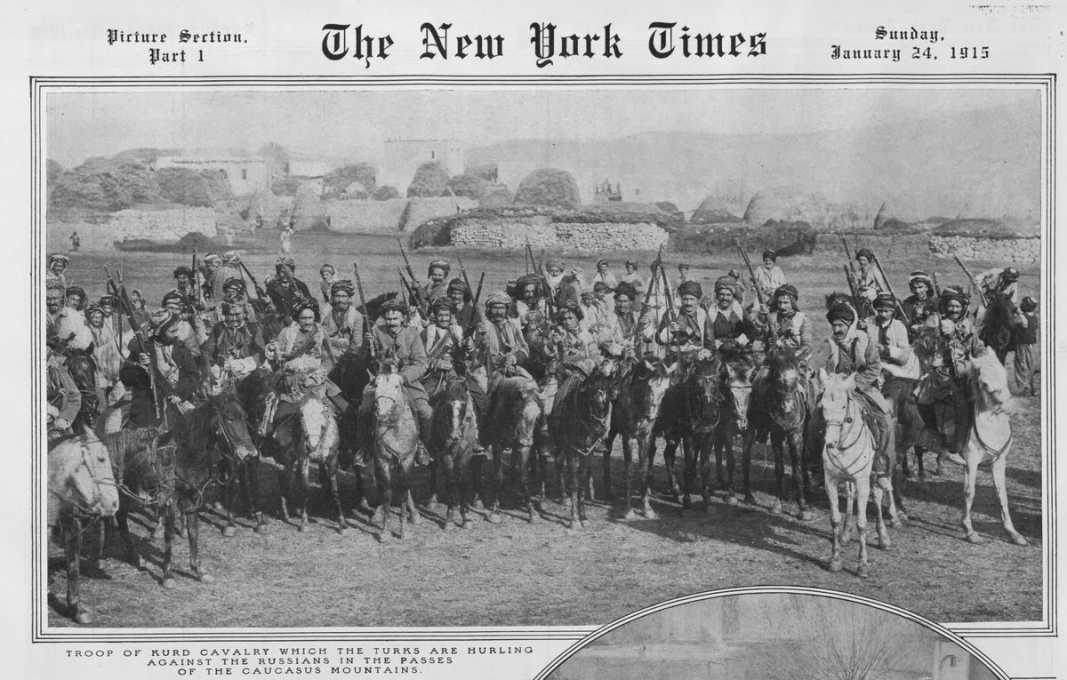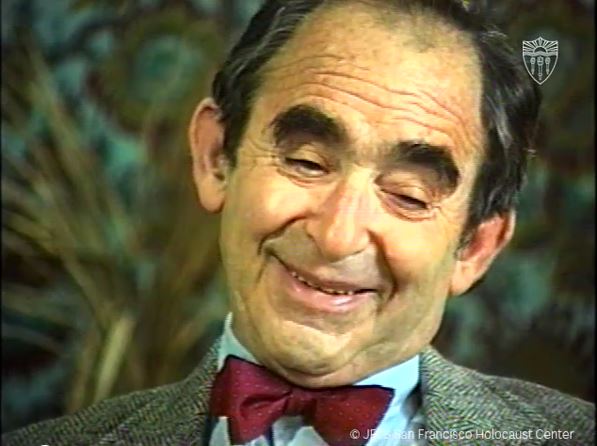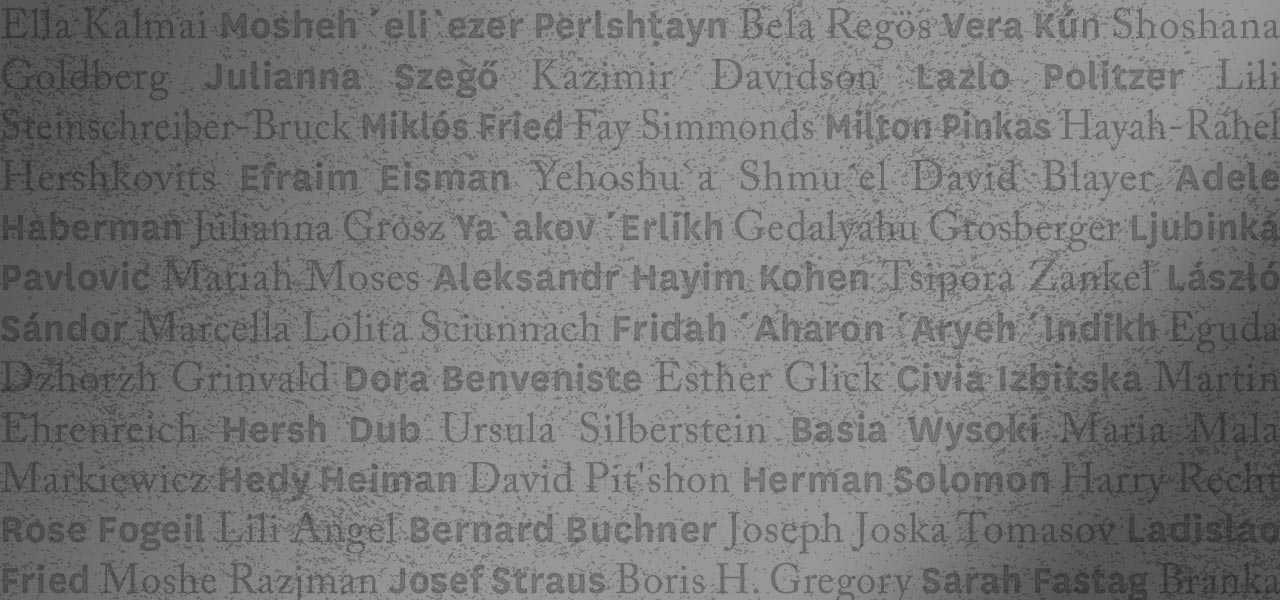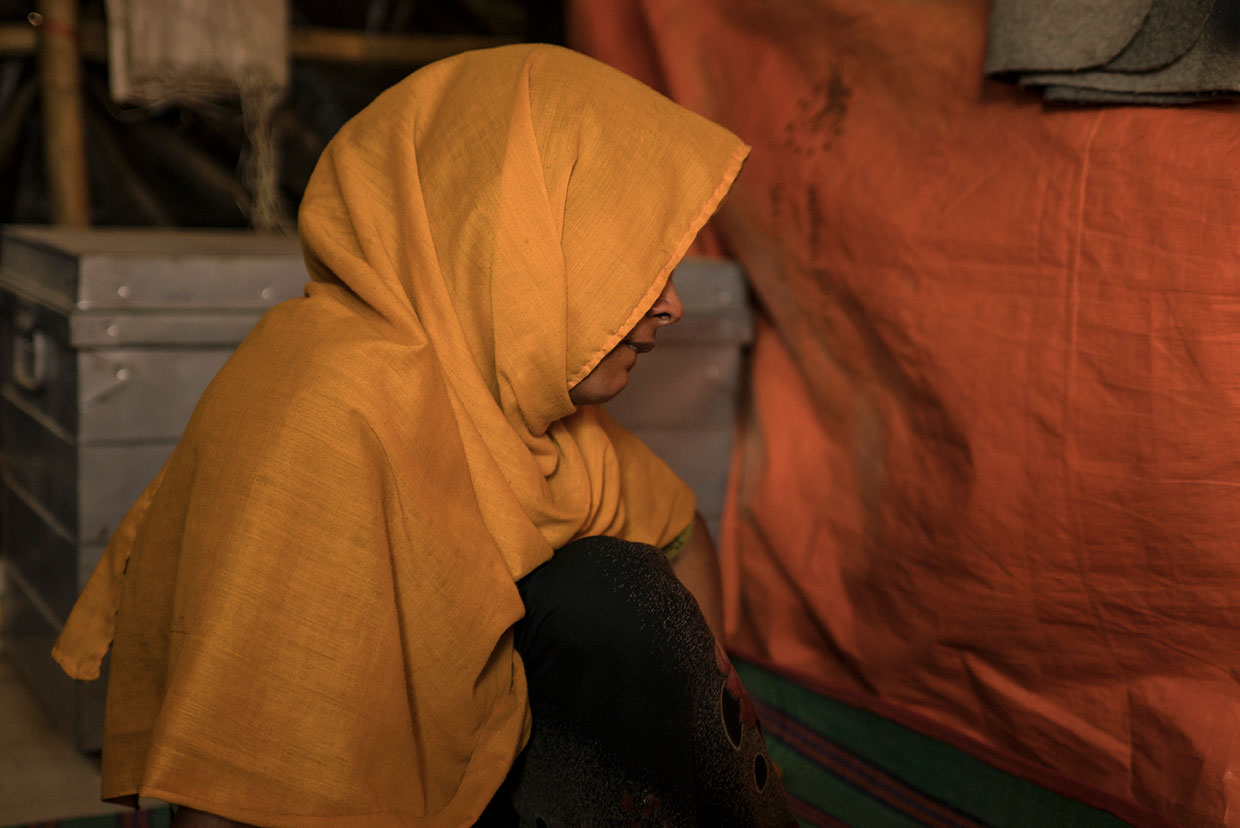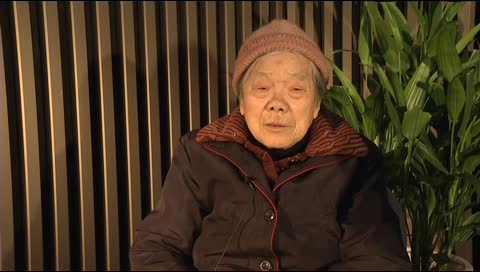As a postdoctoral research fellow at the USC Shoah Foundation Center for Advanced Genocide Research in the 2019-2020 academic year, I carried out a research project focusing on the long-term impact of Hamidian Massacres of 1894-97 and the experiences of genocide survivors with regards to extortion, plunder, and robbery during the genocide of 1915. Since 2008, I have been working on socio-economic aspects of the genocide and of the deterioration of relations among different communities.
I had the opportunity to research the USC Shoah Foundation's Visual History Archive this past summer thanks to the Beth and Arthur Lev Student Research Fellowship. I was initially introduced to the archive through a course taught by Dr. Maria Zalewska in the School of Cinematic Arts entitled “Meme, Myself and I: How We Remember in the Digital Age.” Prior to the course, I was unaware of this resource at USC despite having a visual art practice deeply engaged with Holocaust remembrance and archives.
USC Shoah Foundation—working with on-site partners National Historical Museums in Sweden and the Institution for Jewish Culture in Sweden—recently began filming two Swedish-language Dimensions in Testimony interviews in Stockholm, Sweden utilizing innovative social distancing and filming techniques.
USC Shoah Foundation announced a new partnership with Ancestry® to provide free access to searchable data from nearly 50,000 Jewish Holocaust survivor testimonies that are in the Visual History Archive® (VHA).
“We are grateful that Ancestry is providing access to this initial set of metadata and enhancing the discoverability of our archive and this critically important history,” said Stephen Smith, Finci-Viterbi Executive Director at USC Shoah Foundation.
Here’s how it works:
Alan Auyeung pulled on a pair of latex gloves and a N95 face mask. For good measure, he placed a pair of protective goggles over his eyes too. A trip to the supermarket? In these Covid-19 times, it could have been but, in fact, Auyeung was preparing for a task of quite a different nature: saving the testimonies of Holocaust survivors, whose eye witness accounts of Nazi atrocities were at risk of being eaten away by mold.
From visiting family in China during summer breaks growing up, I became acutely aware of the devastation and suffering that occurred during the Japanese occupation of our hometown of Nanjing. Museums, movies, television programs, and commemorative art kept the Nanjing Massacre alive in public memory. But what I also noticed, from visits to museums, shuffling through television channels, and discussions with family, was the seeming absence of Chinese resistance.
